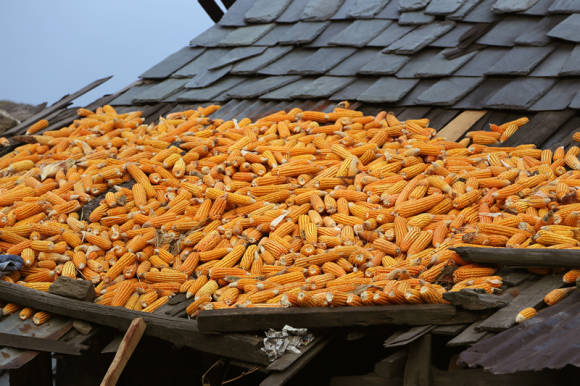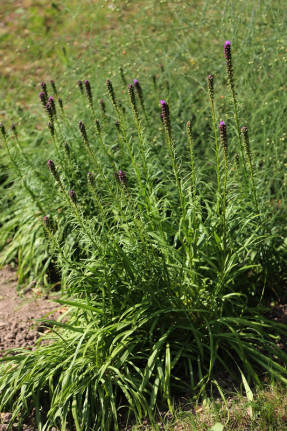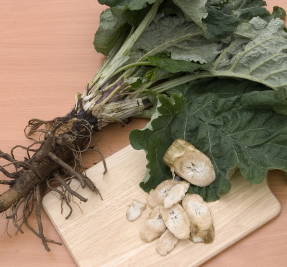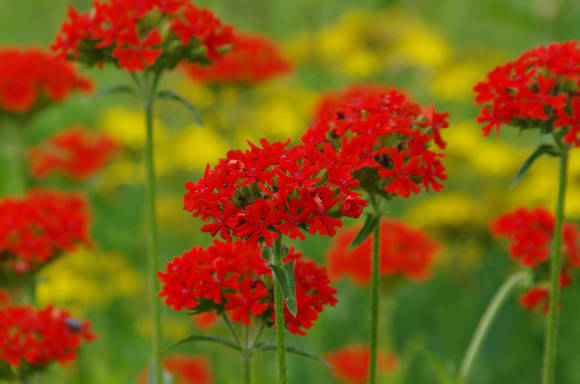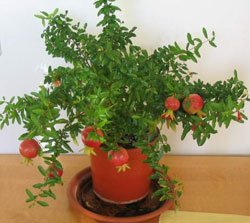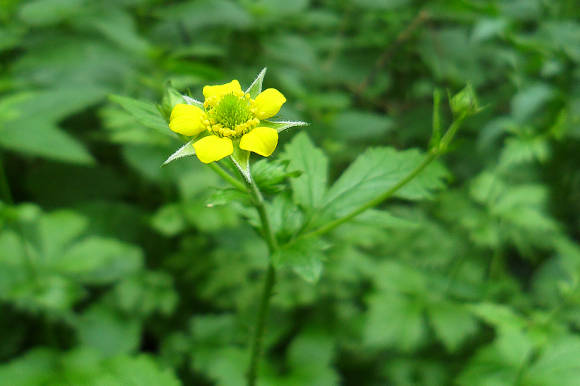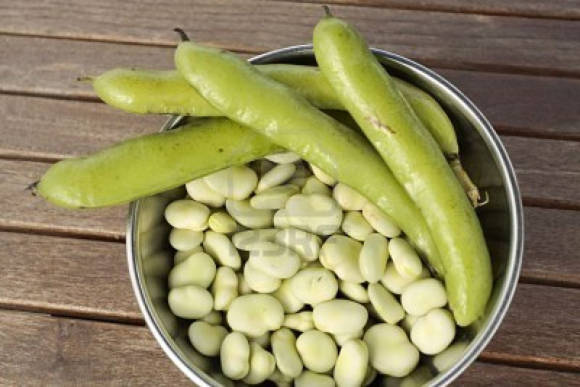
Among gardeners, there is an idea of sweet potato as something exotic. But it turns out that "sweet potatoes" can grow and give decent harvests not only in the south of Russia, but even in the Urals.
Sweet potatoes, although they are called sweet potatoes, have nothing to do with them, they are not even relatives. The sweet potato belongs to the bindweed family, and the potato is from the nightshade family. Sweet potato is one of the oldest cultivated plants in America. And he got to Europe much earlier than potatoes.
The sweet potato is a perennial tuber crop cultivated as an annual vegetable crop. Outwardly, he looks like a bindweed. But all our knowledge about sweet potatoes is limited only by the fact that it is grown in huge quantities somewhere in the south, and that it has underground sweet tubers that are eaten like potatoes.
 |  |
All this is true, but the only thing that has in common with potatoes is that it also gives underground tubers. And nothing more.
Some varieties of sweet potatoes form 3-4 beautiful large flowers of white, pink or pale purple in the axils of the leaves. Plants look very decorative and exotic throughout the summer.
The lateral roots of the sweet potato have the ability to thicken strongly, resulting in the formation of tubers. From a botanical point of view, they represent a modification of the roots and are called root tubers (hereinafter referred to as tubers everywhere).
The shape and size of these tubers depends on the variety and growing conditions. The mass of one tuber at home can reach several kilograms, in our conditions (Ural) it is usually 100-200 g.
Tubers of different varieties can be very different in shape - round, ribbed, fusiform; by the color of the pulp - white, yellow, orange, cream, red, purple; to taste - from fresh to very sweet; in texture - from soft and juicy to dry and hard; by the color of the peel - almost all the colors of the rainbow. Most of the cultivated varieties are more or less sweet. Milky sap appears on the break of the tuber (or on the cut stem).
There are table and fodder varieties of sweet potatoes. Among the table varieties, there are sweet (Chestnut), semi-sweet (Record, Best of all) and unsweetened (Potato).
The taste of sweet potatoes does not at all look like potatoes, rather it looks like hazelnuts, chestnuts and almonds. Sweet potato tubers can be eaten raw, fried like potatoes, boiled, made into cutlets, etc.
The leaves and stalks of the sweet potato are also eaten. To remove the bitter milky juice, they are washed or boiled for a long time and thoroughly beforehand. The entire above-ground mass of sweet potatoes is an excellent feed for livestock.
Sweet potato recipes: Sweet potato salad with green onions,
Fried sweet potato slices,
Sweet potato soufflé with spices,
Sweet potato soup with milk and spices,
Baked sweet potato with orange sauce,
Sweet potato and apple casserole,
Soup with sweet potato, mango and pumpkin,
Sweet peppers stuffed with sweet potatoes.
Growing sweet potatoes
To grow sweet potatoes, it is necessary to set aside a well-lit area; it does not tolerate even the slightest shading. The southern, well-warmed slopes, protected from the north cold wind, are best suited for it.
Sweet potatoes are heat demanding. It grows and develops at a temperature of + 20 ... + 26 ° С, but the optimum temperature is + 28 ... + 32 ° С. At a temperature of + 7 ° C, plant growth stops altogether. But our cucumbers also “don't like” the coolness. The sweet potato does not tolerate temperatures close to zero degrees, and even more so freezing.
Sweet potato is a short day plant. For abundant flowering, it needs 10-11 hours of daylight hours.
The soil... The best soils for growing sweet potatoes are sandy loam and light loamy soils with a groundwater depth of more than 2 meters.
To grow sweet potatoes in the fall, the plot is dug deeply, making 1 sq. m half a bucket of manure or compost, 1 tbsp. a spoonful of superphosphate, 1 teaspoon of potassium fertilizers.And for spring tillage, 1 teaspoon of ammonium nitrate is applied. It is advisable to cover the bed in advance with a film so that the earth warms up better.
Propagation of sweet potato
Sweet potatoes are propagated by seeds, tubers, sprouts, cuttings, but most often by seedlings. To do this, at the beginning of April, cut or whole tubers are placed in protected ground (a mixture of loose soil, sand and humus), slightly pressed into it, filled with sand with a layer of 3-4 cm and watered abundantly.

After 20–25 days, shoots with 4–5 nodes are broken off from the tubers and dive into the prepared soil. Do this several times as sprouts appear. As soon as the seedlings take root, they are cut in half, and the cut tops are also planted in greenhouses.
When germinating tubers and rooting cuttings, maintain the temperature during the day up to + 25 ° С, at night - not lower than + 20 ° С. In this way, 60–100 seedlings can be obtained from 1 kg of tubers.

Landing in open ground... When planting, the sweet potato should be buried to the middle of the shoot and higher to form additional roots. Seedlings are planted in open ground when the soil warms up well, according to the scheme 70x70 or 80x35 cm.For the reliability of planting, you can cover with a film or covering material.

Sweet potato care
Caring for this plant during the growth period is simple and comes down to weeding, watering and loosening the soil. Top dressing is carried out at intervals of 10-14 days, combining mineral and organic fertilizers, for example, ash or slurry.
Watering... Although the sweet potato is not afraid of drought, it must be watered, especially during the rooting period of cuttings. Watering is needed moderate, the need for water is the same as that of tomatoes. But in the second half of the growing season, he practically does not need watering, and 15–20 days before harvesting they are stopped altogether.
Cleaning and storage of sweet potatoes
Harvest at the end of September, it is better to do this in sunny weather to dry the tubers. To do this, first cut the tops, and after 2-3 days, in dry weather, dig up the tubers. You need to dig out the bushes from the base to the periphery, carefully removing the tubers.
 |  |
Before storage, the tubers are dried in a film greenhouse for a week or more. It is desirable to store them in a dry ventilated room at a temperature of + 6 ... + 10 ° С. If the tubers are dug up in damp rainy weather or after the onset of light frost, then they are very poorly stored.
With a skilful approach, sweet potato tubers can be stored for up to 6 months, so they can be enjoyed all winter long.
In the non-chernozem zone of Russia, sweet potatoes are still grown only by individual enthusiasts, but very quickly it is gaining popularity among vegetable growers and consumers.
And for fancier gardeners, the Canadian experience of growing sweet potatoes can be very useful (the climate of Canada is similar to the Russian one). Cuttings are planted there on ridges, in which the soil is tightly covered with a transparent plastic film, and the above-ground part of the plants remains in the open air. This warming up of the soil can significantly accelerate the ripening of the crop and partially compensate for the sharp daily temperature drops.

"Ural gardener", No. 38, 2016
Photo from the GreenInfo.ru forum
